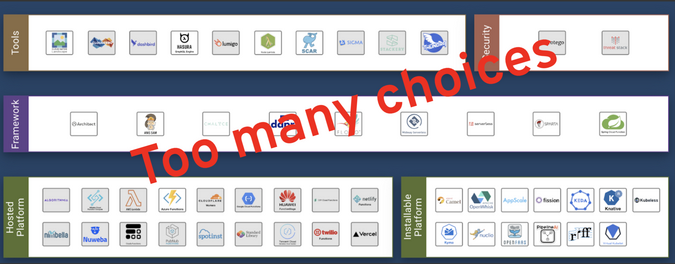Quarkus Funqy brings portability to serverless functions.
The rising popularity of serverless development alongside the increased adoption of multi- and hybrid-cloud architectures has created a lot of competition among platforms. This gives developers many choices about where they can run functions on serverless platforms—from public managed services to on-premises Kubernetes .
If you’ve read my previous articles about Java serverless , you learned how to get started developing Java serverless functions with Quarkus and how those serverless functions can be optimized to run on Kubernetes. So what should you do next to make your serverless functions fit better with the many choices available to you?As a clue, think about why the Linux container (Docker, LXC, cri-o) has become so popular: Portability. It’s what made containers the de facto packaging technology for moving things from a developer’s local machine to Kubernetes environments at scale. It means developers and operators don’t need to worry about incompatibility and inconsistency between development and production environments.
For adopting multi- and hybrid cloud architectures, these container portability benefits should also be considered for serverless function development. Without portability, developers would likely have to learn and use different APIs, command-line interface (CLI) tools, and software development kits (SDKs) for each serverless platform when developing and deploying the same serverless functions across multiple serverless runtimes. Developers, who have limited resources (e.g., time, effort, cost, and human resources), would be so overwhelmed by the options that they would find it difficult to choose the best one.
choices.png
 (Daniel Oh, CC BY-SA 4.0)
(Daniel Oh, CC BY-SA 4.0)
#serverless
